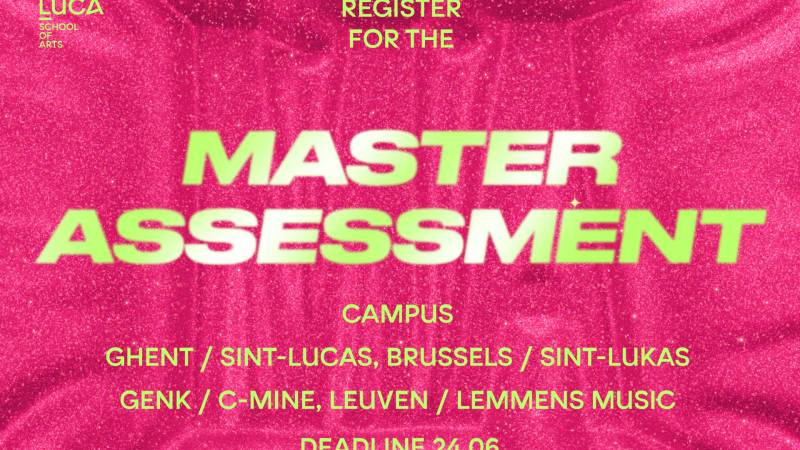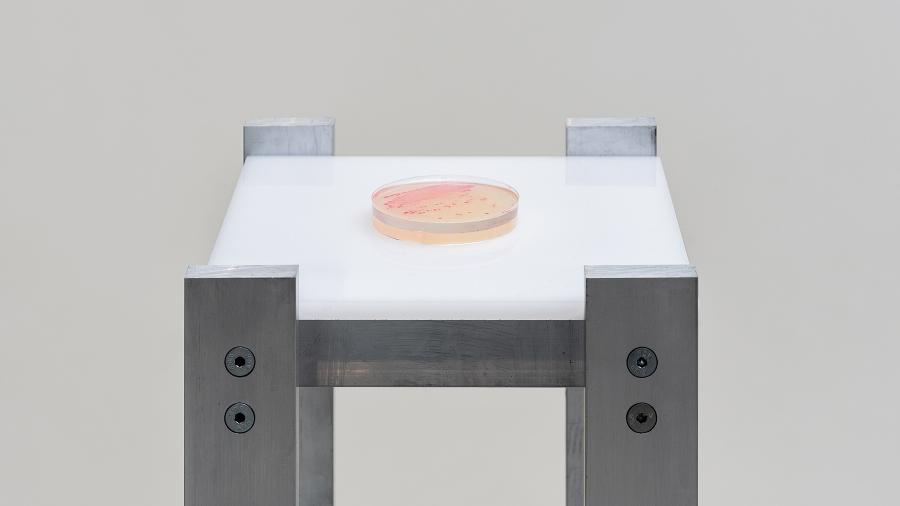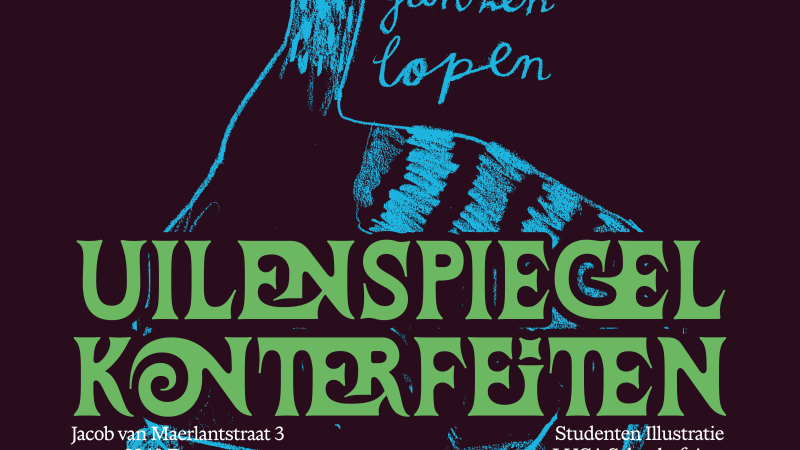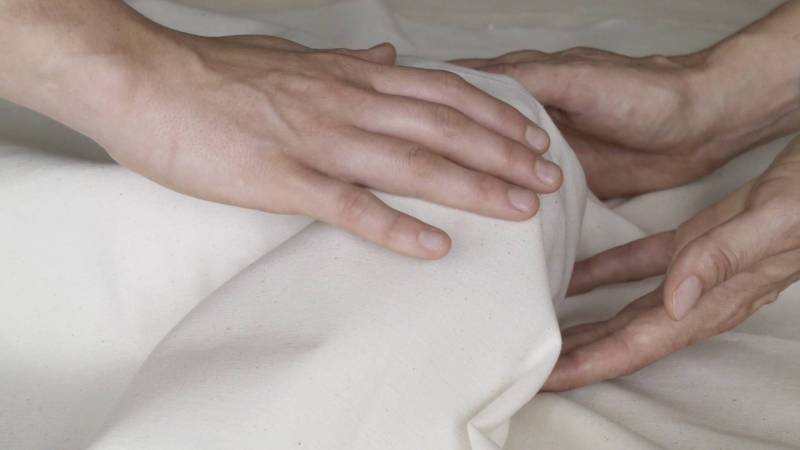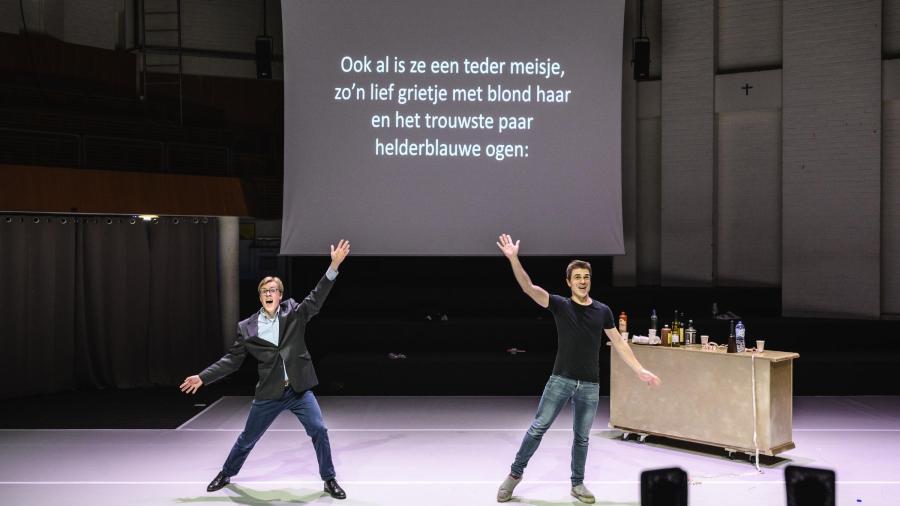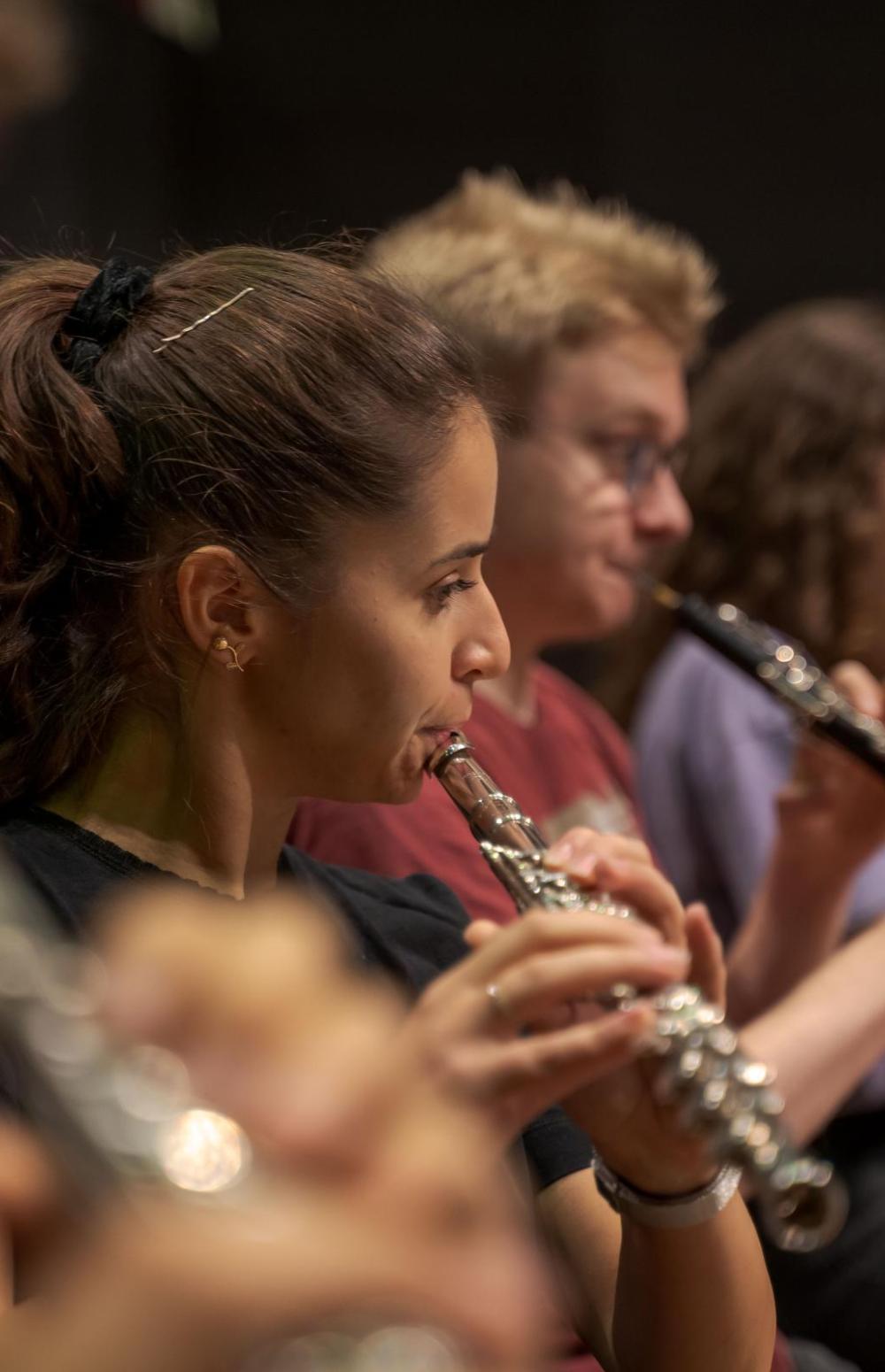
LUCA School of Arts - campus Lemmens
Lemmensberg 3
3000 Leuven
Concert hall
Mozart – Strauss – Prokofiev
LUCA Chamber Orchestra
Michel Tilkin, conductor
Jonas Schoups, oboe
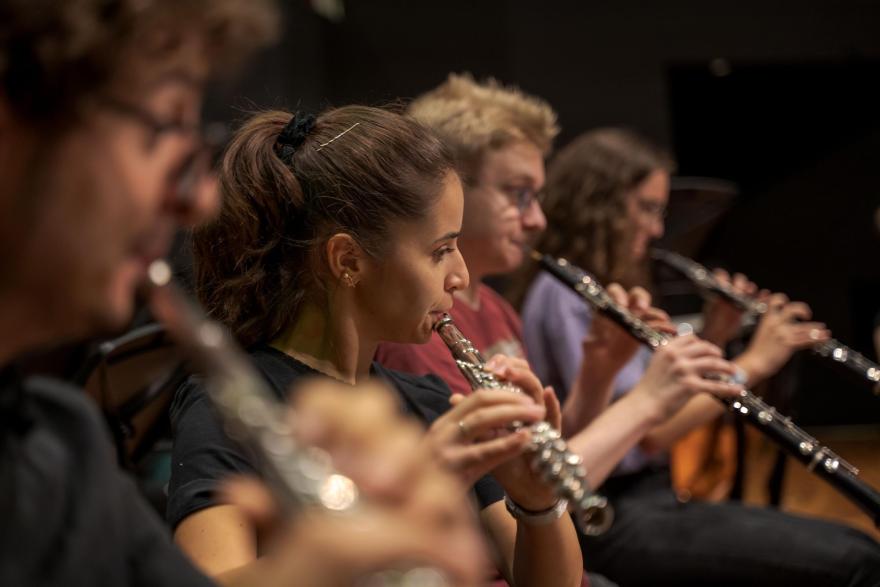
Programme:
- W.A. Mozart: Symfonie nr. 35 in D major 'Haffner‘
- R. Strauss: Hoboconcerto in D major, TrV 292
- S. Prokofiev: Klassieke Symfonie op. 25
In 1776, the then 20-year-old Mozart (1756-1791) completed his Haffner Serenade. It became an upbeat piece of music for winds performed on the occasion of Marie Elizabeth Haffner's marriage to Franz Xavier Spath. Not much later when Sigmund Haffner, a Salzburg merchant, was awarded his noble title, Mozart was again called upon, who - albeit under slight duress from his father - accepted the commission and arranged his Haffner Serenade. Eventually, the Haffner Symphony (1782) came about. In the symphony, the winds predominate, although at times, and especially in the lyrical passages, the strings also dare to take the upper hand. The work consists of four movements: Allegro, Andante, Minuet and (a particularly fast) Presto.
The Oboe Concerto in D (1945) by Richard Strauss (1864-1949) came about just after World War II. Quite remarkable, given the zeitgeist in which the work was written, is the concerto's breezy character and the quasi-romantic oboe part that rises in all its serenity above the small orchestral scoring. For Strauss, then eighty years old, it was to be one of his last works. This through-composed concerto came into being at the request of John de Lancie, before the war first oboe in the Pittsburgh Symphony Orchestra, during the war a soldier in the U.S. Army.
Of slightly earlier date is the Classical Symphony op. 25 (1917) by Sergey Prokofiev (1891-1953) which, as its title suggests, seeks to be a direct reference to the classical composers Mozart and Haydn. It was Prokofiev's first symphony; he would later compose six more. Prokofiev himself did not want to label the symphony "neoclassical," although the classical influences cannot be misunderstood. As for the scoring, too, we do not see here the extensive symphonic orchestra, but a modest formation of two flutes, two oboes, two clarinets, two bassoons, two horns, two trumpets, timpani and strings. Nevertheless, Prokofiev manages to put his very own stamp on it - especially in the way modes alternate.
Buy your tickets below.
Free for staff and students of LUCA/KSO
